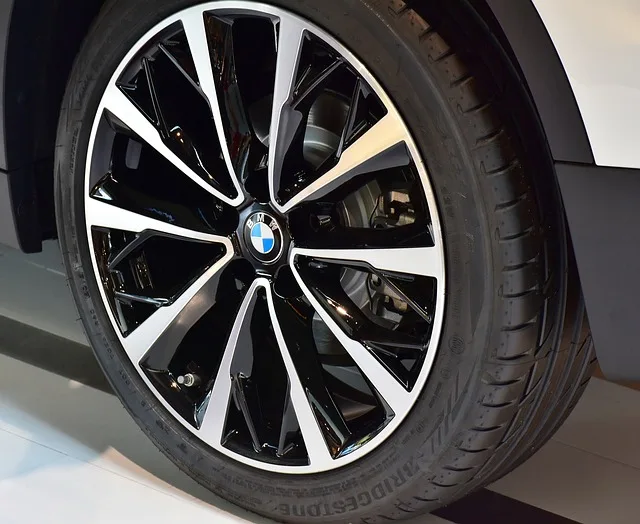The recommended tire size that fits a 20×9 rim is 245/35-20 or 255/35-20. A crucial factor to consider when choosing tires for your vehicle is the size compatibility with your rims.
The recommended tire size for a 20×9 rim is 245/35-20 or 255/35-20. The first number in the tire size is the width of the tire in millimeters, while the second number is the height. The third number is the size of the rim in inches.
Understanding The Basics Of Tires For 20X9 Rims

Tire size is a crucial aspect of selecting the right tire for your 20×9 rims. Understanding the basics of sizing is critical in ensuring your vehicle performs at its best. Factors to consider when selecting tire size include vehicle weight, load capacity, and speed ratings.
Tire size also affects acceleration, braking, and handling. It’s essential to choose the right size tires to avoid issues such as speedometer discrepancies and damage to your vehicle’s suspension. Consulting a tire specialist can help you find the right tire size for your specific needs.
Choosing The Right Tire Size For Your 20X9 Rims
Choosing the right tire size for your 20×9 rims can be tricky. There are several factors to consider, such as calculating tire size based on rim size, and how wider/narrower tire sizes affect vehicle performance and handling. It’s important to find the right balance between rim width, tire width, and aspect ratio to ensure optimal performance and safety for your vehicle.
Keep in mind that wider tires provide better grip, but can also negatively impact fuel efficiency and ride comfort. Narrower tires, on the other hand, offer better fuel efficiency and a more comfortable ride, but may sacrifice some traction. Before making a decision, make sure to consult with a tire and wheel specialist to ensure that you are choosing the right tire size for your specific vehicle and driving needs.
Benefits Of Upgrading To Larger Tire Sizes
Upgrading to larger tire sizes on your 20×9 rims can enhance both performance and appearance. Larger tires offer improved handling and steering response, as well as increased grip and traction on the road. They can also make your vehicle look more aggressive and stylish, giving it a more complete and finished appearance.
Some other benefits of upgrading to larger tire sizes include better stability, improved cornering, and a smoother ride. Installing larger tires can be a cost-effective way to boost the overall performance and appearance of your car or truck.
Potential Drawbacks Of Upgrading To Larger Tire Sizes
Larger tire sizes have the potential to negatively impact fuel economy due to increased rolling resistance. Additionally, the risk of damage to rims and suspension is increased with larger tires. There may also be legal implications when changing tire sizes, such as needing to have the vehicle inspected.
While larger tires can improve performance and appearance, it is important to weigh the potential drawbacks before making any changes.
Frequently Asked Questions On What Size Tires Fit 20X9 Rims
What Size Tires Can I Put On 20X9 Rims?
You can use tires ranging from 245mm to 275mm in width on a 20×9 rim.
Can I Put 35 Inch Tires On 20X9 Rims?
No, the maximum tire size that can be used on a 20×9 rim is typically 33 inches.
How Do I Know If Tires Will Fit On My 20X9 Rims?
You can check the manufacturer’s recommendations or use an online tire size calculator to ensure compatibility.
Conclusion
After all that has been said, it is important to be careful when choosing the right tire for your 20×9 rims. The tire size plays a critical role in defining the overall performance, safety, and comfort of your vehicle. You want to ensure that the tire doesn’t rub on the fenders or compromise the handling and stability of your car.
